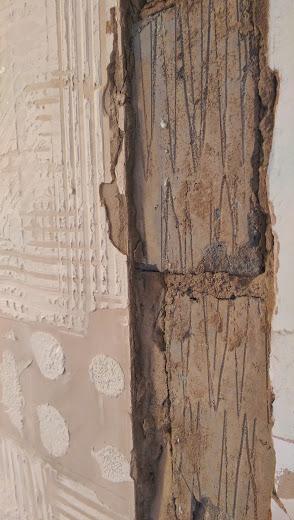Hi all,
I've ordered some travertine tiles 610 x 406 x 12mm, to tile our bathroom floor & walls.
Before I start, I understand this type of tile requires a little more skill and experience than the usual tile, so wanted to know what was involved before I make a mess of it.
Can anyone point me in the right direction with some good guides etc and materials I'll need?
I already have some Ditra matting & sealing tape for the floor and corners.
Also, the tiles are very heavy - how can I ensure they will stick to the walls properly? How do I know the walls are good enough to take the weight?
They are thermalite block walls, rendered with a 12-15mm thick layer of mortar, with a mm or two of plaster skimmed over the top. They were previously tiled, but i've removed those already. Here's a photo...
Thanks in advance!
I've ordered some travertine tiles 610 x 406 x 12mm, to tile our bathroom floor & walls.
Before I start, I understand this type of tile requires a little more skill and experience than the usual tile, so wanted to know what was involved before I make a mess of it.
Can anyone point me in the right direction with some good guides etc and materials I'll need?
I already have some Ditra matting & sealing tape for the floor and corners.
Also, the tiles are very heavy - how can I ensure they will stick to the walls properly? How do I know the walls are good enough to take the weight?
They are thermalite block walls, rendered with a 12-15mm thick layer of mortar, with a mm or two of plaster skimmed over the top. They were previously tiled, but i've removed those already. Here's a photo...
Thanks in advance!


